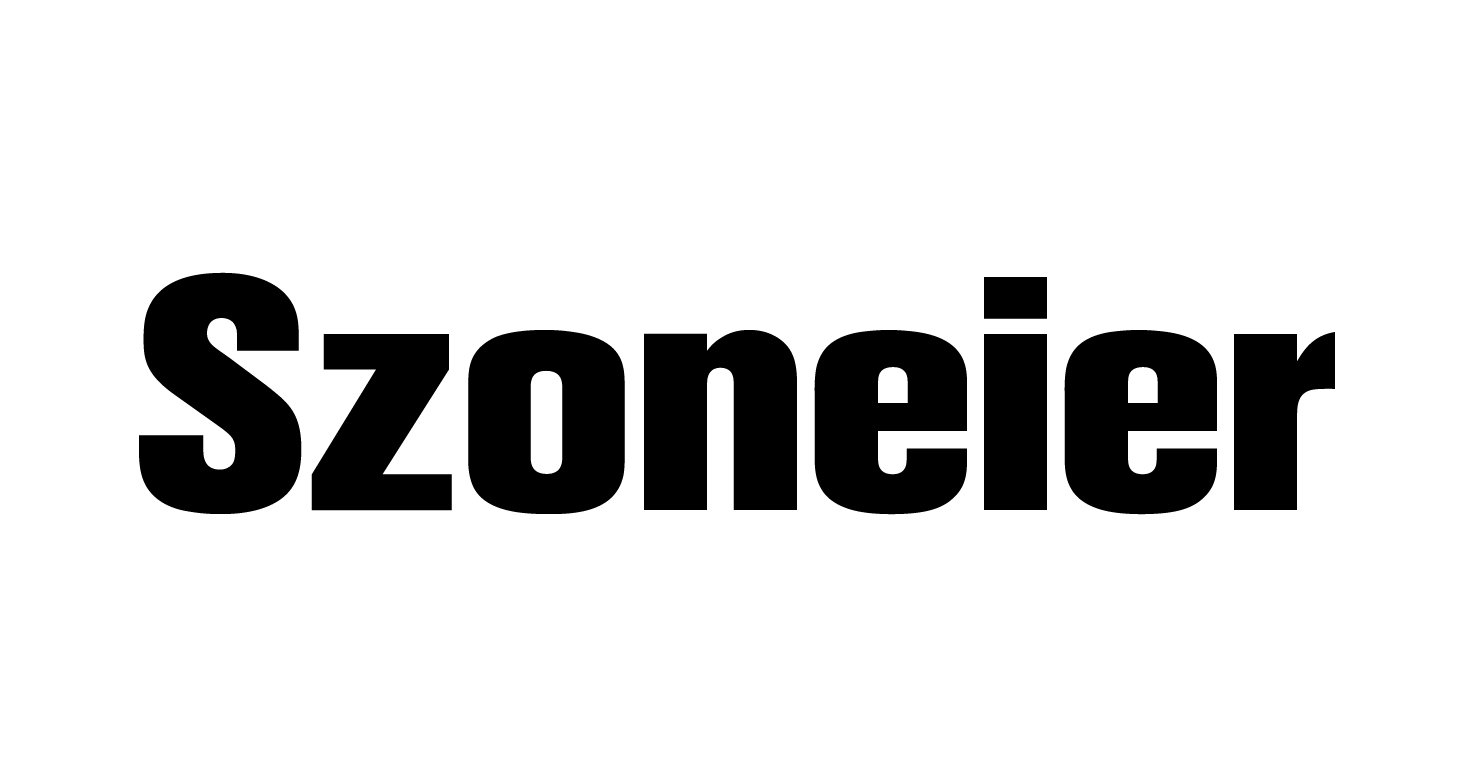In an industry where elegance meets exacting performance, silk remains the undisputed monarch of luxury textiles. But as you sift through seemingly endless silk options—from ultrafine mulberry charmeuse to rustic tussah noil—you might wonder: how do those lustrous fibers translate into real‑world prices?
Wholesale silk pricing hinges on fiber type, weave construction, weight (momme), and origin—ranging roughly from \$10/m for lower‑grade habotai to \$30/m+ for heavy 25 mm mulberry satin.
One global fashion house recently audited five silk mills across Asia and Europe, only to discover a 150 % price gap between basic silk noil and premium 25 mm mulberry charmeuse. Intrigued? Let’s unpack the data and strategies that empower savvy buyers to decode silk price lists—and secure competitive rates.
What Are the Most Common Silk Types and Their Key Characteristics?
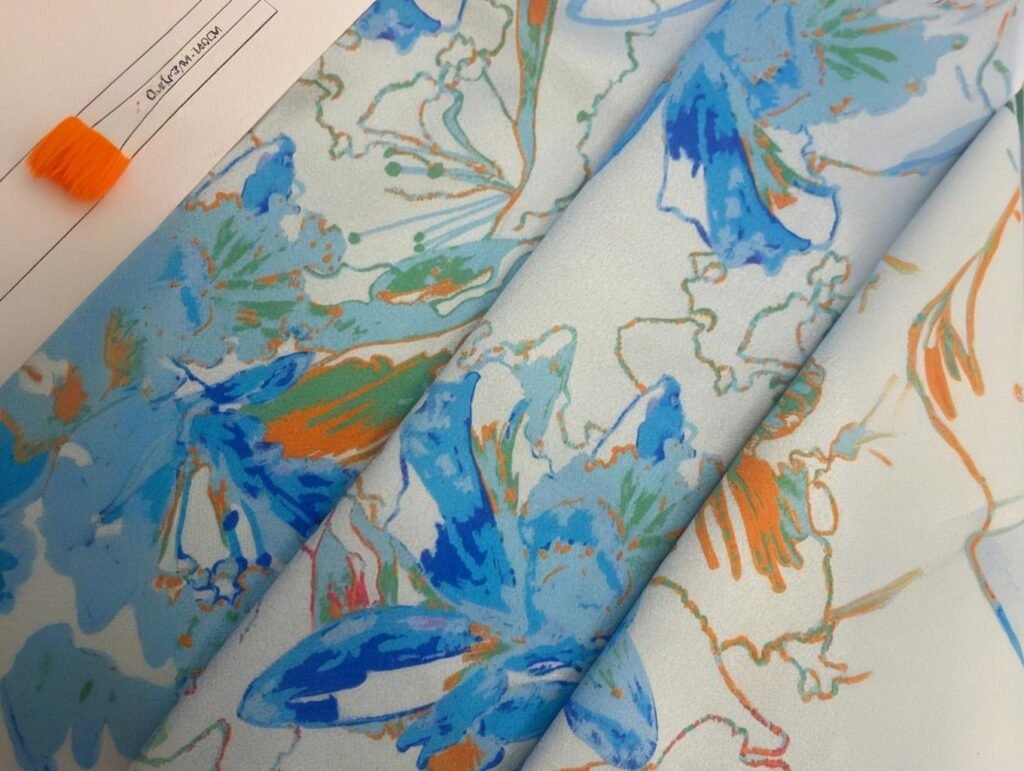
Silk’s taxonomy can be broken down into primary categories: mulberry (B. mori), tussah (wild), eri, and muga, each offering distinct fiber lengths, luster, and hand feel. Mulberry silk reigns supreme for uniformity and fine deniers (12–19 μm), while tussah delivers a slubby, textured aesthetic. Eri and muga, prized regionally in India, bring buttery warmth and natural golden hues but command higher premiums due to limited supply. The most common silk types include mulberry—with smooth, uniform fibers ideal for high‑sheen weaves; tussah—with coarser, slubbed texture; eri—valued for warmth and hand feel; and muga—with natural golden luster—each varying in denier, uniformity, and price.
- Mulberry (Bombyx mori): Filament length ≥ 1,000 m, denier 12–19 μm, uniformity index ≥ 95%
- Tussah (Wild Silkworms): Filament length 200–500 m, denier 20–28 μm, natural neps/slubs
- Eri (“Peace Silk”): Staple fiber 25–35 mm, denier 25–30 μm, characteristic matte finish
- Muga (Assam Silk): Staple 40–60 mm, denier 18–22 μm, natural gold tint, limited seasonal yield
- Noil (Silk Waste): Short staple 1–8 mm, denier 30–50 μm, nubby texture, budget‑friendly
| Silk Type | Filament Length | Fiber Denier (μm) | Appearance | Typical Wholesale Price (USD/m) |
|---|---|---|---|---|
| Mulberry | ≥ 1,000 m | 12–19 | Smooth, lustrous | \$20–\$30 |
| Tussah | 200–500 m | 20–28 | Textured, matte | \$15–\$22 |
| Eri | 25–35 mm | 25–30 | Soft, matte | \$18–\$25 |
| Muga | 40–60 mm | 18–22 | Golden, glossy | \$25–\$35 |
| Silk Noil | 1–8 mm | 30–50 | Nubby, matte | \$10–\$14 |
Critical Perspectives:
- Mulberry’s price premium aligns with its consistent filament quality, but emerging “peace silk” brands push eri’s cost upward despite shorter stitches.
- Tussah’s textural appeal drives fashion-forward applications, yet wild‑harvest variability challenges consistent supply and pricing.
Which Weave Constructions and Momme Weights Drive Silk Pricing?
Beyond fiber type, weave structure (charmeuse, satin, twill, crepe de chine) and momme weight (mm)—the silk equivalent of thread count—significantly impact cost. Heavier momme (> 19 mm) commands up to 40% higher prices for increased opacity and durability, while intricate weaves like jacquard add labor hours and loom costs, elevating wholesale rates by 20%–30%. Silk pricing escalates with momme weight—lightweight habotai (12 mm) at \$12–\$18/m; midweight crepe de chine (16–19 mm) at \$18–\$24/m; heavyweight charmeuse or satin (22–25 mm) at \$24–\$35/m—while complex weaves like jacquard add an extra 20%–30% to base rates.
- Momme Weight Tiers:
- 12–14 mm: Lightweight (habotai) – budget entry
- 16–19 mm: Midweight (crepe de chine) – balanced drape and opacity
- 19–25 mm: Heavyweight (charmeuse/satin) – high durability and sheen
- Weave Complexity:
- Charmeuse (2/1): Glossy face, simple draft, moderate loom time
- Satin (4/1 or 5/1): Balanced sheen, higher yarn float, increased setup
- Twill (3/1): Diagonal texture, greater abrasion resistance
- Jacquard: Programmable pattern, longer weave cycles (+ 30% cost)
- Labor & Loom Time: How longer harness and shed changes translate to higher per‑meter costs
- Sample Case: Transition from 14 mm habotai to 22 mm charmeuse increased unit price 45% but tripled fabric life in garment stress tests
| Parameter | Habotai (12 mm) | Crepe de Chine (16 mm) | Charmeuse (22 mm) | Jacquard (22 mm) |
|---|---|---|---|---|
| Wholesale Price (USD/m) | \$12–\$18 | \$18–\$24 | \$24–\$30 | \$30–\$40 (+30%) |
| Fabric Weight (g/m²) | 30–40 | 50–60 | 70–90 | 70–90 |
| Weave Cycle Time (min/m) | 0.5 | 0.7 | 1.0 | 1.3 |
Critical Perspectives:
- Buyers chasing affordability with lighter momme may sacrifice opacity and hand durability—align product end‑use with weave‑weight selection.
- Luxury labels often prefer jacquard despite its cost premium for the unique brand storytelling woven into the fabric.
How Do Raw Material Origins and Sericulture Practices Influence Wholesale Costs?
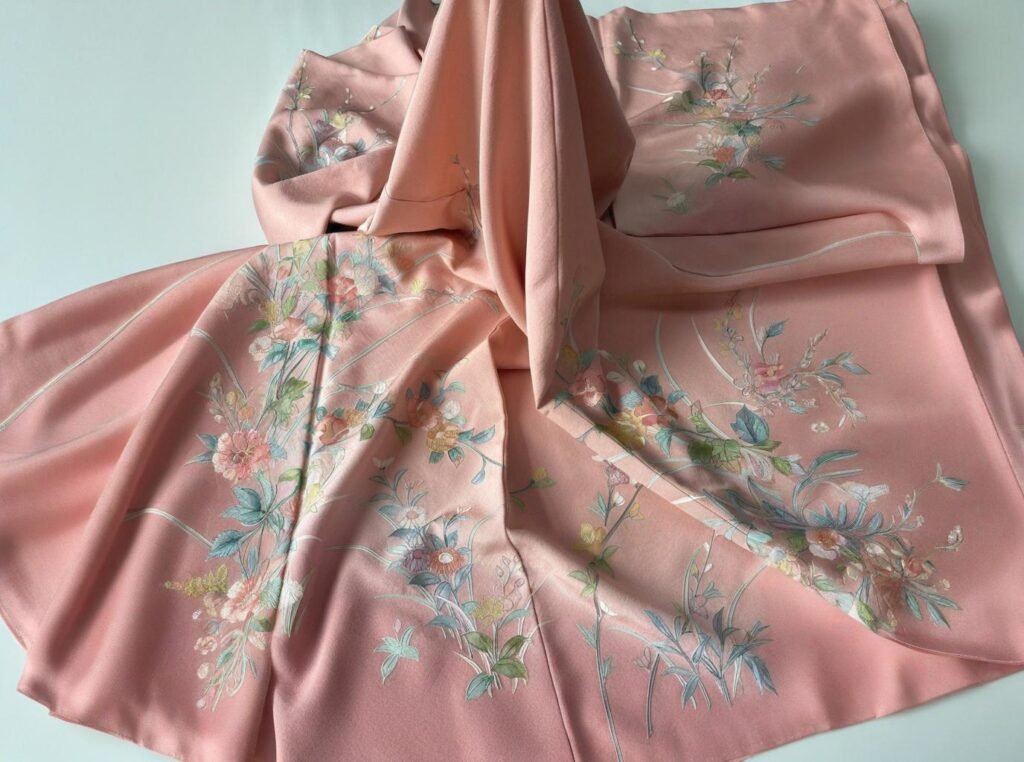
Silk’s provenance plays a pivotal role in its price—factors like mulberry leaf quality, climate-controlled rearing, and harvest timing directly affect fiber length and uniformity. For instance, Zhejiang Province’s tightly regulated cooperative farms, with controlled feed and temperature, often command a 10 %–15 % premium over large contract farms in Anhui. Conversely, decentralized sericulture in parts of India yields lower-cost tussah and eri but with more variability in batch consistency. Silk from certified cooperative farms in Zhejiang carries a 10 %–15 % price premium due to controlled sericulture practices, while contract‑farm silk in Anhui is 8 %–12 % cheaper; wild tussah and eri from Indian regions offer lower base prices but exhibit ± 10 % variability in quality metrics.
- Cooperative vs. Contract Farming:
- Cooperative Farms: Centralized quality control, mulberry feed purity, and uniform cocoon harvesting; superior fiber uniformity index (> 95 %)
- Contract Farms: Larger scale, variable practices, occasional feed adulteration; fiber uniformity index 85–90 %
- Regional Climatic Impact:
- Zhejiang/Jiangsu (China): Mild winters, abundant spring foliage—yields longer filaments (> 1,200 m)
- Anhui/Shandong (China): More extreme seasons—filament lengths 900–1,100 m
- Mysore/Varanasi (India): Tropical climates—tussah yields shorter fibers (200–500 m) but robust texture
- Harvest Timing & Batch Consistency:
- Early vs. late-season harvests impact filament strength by ± 0.2 g per strand
- Anecdote: A fashion brand’s pilot run in Anhui showed 12% greater lot variability, prompting them to switch to Zhejiang-certified lots
- Sustainability Premiums: Organic and Oeko‑Tex certified sericulture adds 5 %–8 % to origin‑based premiums
| Origin & Practice | Fiber Length | Uniformity Index | Price Premium vs. Baseline | Notes |
|---|---|---|---|---|
| Zhejiang Cooperative | > 1,200 m | ≥ 95 % | +10 %–15 % | Consistent, top‐tier filaments |
| Anhui Contract Farms | 900–1,100 m | 85 %–90 % | −8 %–12 % | Greater batch variability |
| Mysore/Varanasi Tussah (India) | 200–500 m | 80 %–85 % | −15 %–20 % | Lower cost, textured aesthetic |
| Assam Muga (India) | 40–60 mm staple | 90 % | +20 %–25 % | Natural golden hue, limited run |
| Organic Certified Farms | 900–1,200 m | ≥ 90 % | +5 %–8 % | Eco‑friendly, audited practices |
Critical Perspectives:
- Quality vs. Cost Trade‑Off: While contract farms lower base costs, the downstream impact of batch inconsistency—like shade variation—can inflate waste and rework expenses.
- Risk Mitigation: Buyers sensitive to origin variability often split orders across regions or require batch-specific lab reports to hedge quality risks.
What Are the Typical Regional Price Ranges for Each Silk Type?
Silk’s wholesale prices mirror regional economic dynamics: China’s large‑scale mills offer competitive base rates, India’s wild and peace silks occupy the mid‑tier, and European weavers set the high end of the market. Here’s a snapshot of typical FOB price ranges in USD per meter: In China, mulberry 19 mm charmeuse sells for \$18–\$24/m; India’s tussah runs \$14–\$18/m and eri \$16–\$22/m; Italian mills price 22 mm charmeuse at \$28–\$35/m; and French jacquard silks command \$32–\$40/m.
- China (Zhejiang/Jiangsu):
- 14 mm habotai: \$10–\$14/m
- 19 mm crepe de chine: \$16–\$20/m
- 22 mm charmeuse: \$18–\$24/m
- India (Mysore/Varanasi/Assam):
- Tussah satin: \$14–\$18/m
- Eri matte: \$16–\$22/m
- Muga premium: \$25–\$30/m
- Italy (Como):
- 19 mm crepe de chine: \$24–\$28/m
- 22 mm charmeuse: \$28–\$35/m
- Jacquard patterns: \$32–\$40/m
- France (Lyon):
- 22 mm satin: \$30–\$36/m
- Tussah blend: \$20–\$26/m
- Turkey (Bursa):
- Mid‑weight silk: \$16–\$22/m
- Silk/wool blends: \$18–\$24/m
| Region | Silk Type | Momme/Weight | Price Range (USD/m) |
|---|---|---|---|
| China | Charmeuse | 22 mm | \$18–\$24 |
| India | Tussah Satin | 20 mm | \$14–\$18 |
| India | Eri Matte | 18 mm | \$16–\$22 |
| Italy | Crepe de Chine | 19 mm | \$24–\$28 |
| France | Satin | 22 mm | \$30–\$36 |
| France | Jacquard | 22 mm | \$32–\$40 |
| Turkey | Silk/Wool Blend | 20 mm | \$18–\$24 |
Critical Perspectives:
- Landed Cost Considerations: FOB prices omit freight, duties (5 %–12 %), and inland transport—add 10 %–15 % for true landed costs.
- Currency Fluctuations: USD/RMB and USD/INR volatility can shift price brackets by 5 % quarterly—buyers should consider forward contracts or local currency payment terms.
Do Order Volume and MOQ Tiers Affect Per‑Meter Silk Prices, and How?
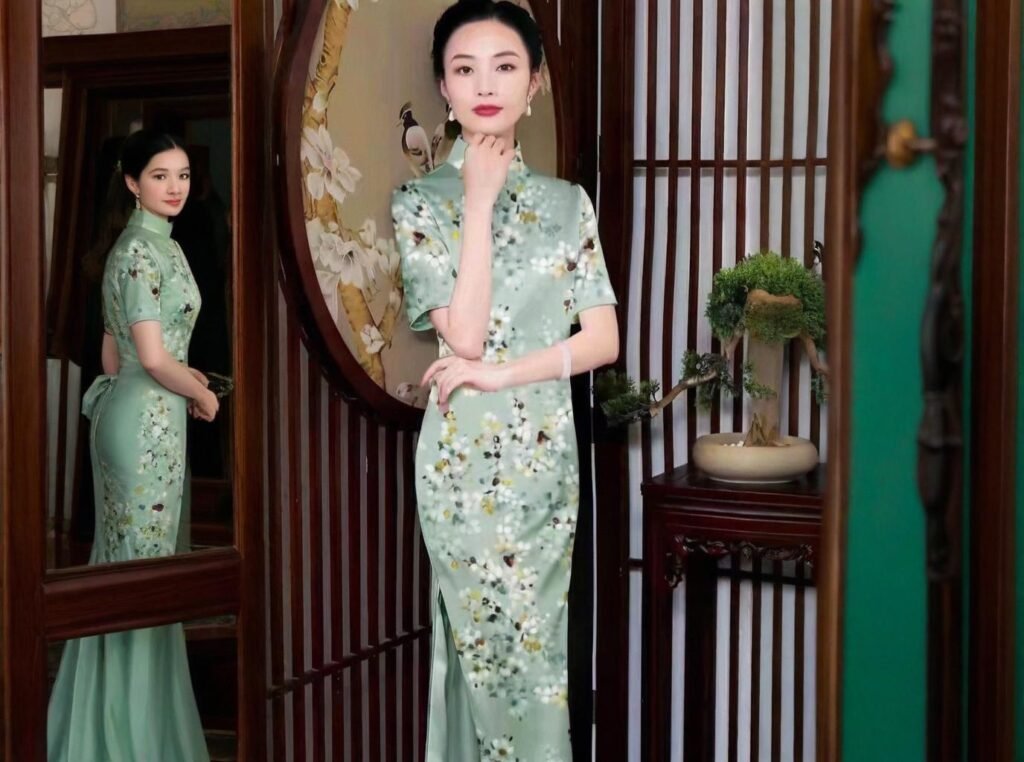
Just like many commodities, silk benefits from scale. Mills typically publish tiered pricing—e.g., a 100 m order of 19 mm crepe de chine might list at \$20/m, but pushing to 300 m can reduce it to \$18/m, and 500 m to \$16/m. These breaks reflect amortized setup, testing, and handling costs. Strategic buyers often consolidate multiple silk types or colors in one run to hit higher tiers without overstocking any single SKU. Silk unit prices drop by 10–15 % when scaling orders from 100 m to 300 m, and by up to 20 % at 500 m—thanks to setup and QA cost amortization—while mixing multiple momme weights or colors in a single run can help buyers hit those tiers more efficiently.
- Tier Thresholds & Discounts: Common breaks at 100 m, 300 m, 500 m, and 1,000 m with 5–10 % incremental savings per tier
- Mix‑and‑Match Runs: Combining 16 mm and 19 mm silks under one setup to reach volume breaks
- Handling & Testing Costs: How QC, dye lot matching, and logistics fees shrink per meter at scale
- Case Study: Paris Atelier consolidated three silk variants in a 600 m run, saving \$2.50/m across all SKUs
- Forecast‑Driven Commitments: Multi‑month rolling orders can secure locked‑in pricing schedules
| Order Volume | Crepe de Chine (USD/m) | Charmeuse (USD/m) | Discount vs. Baseline |
|---|---|---|---|
| 100 m | \$20.00 | \$24.00 | Baseline |
| 300 m | \$18.00 | \$21.50 | 10 % |
| 500 m | \$16.00 | \$19.00 | 20 % |
| 1,000 m | \$15.00 | \$18.00 | 25 % |
Critical Perspectives:
- Over‑Ordering Risks: Larger minimums may tie up capital and inventory space—align orders with reliable sales forecasts.
- MOQ Flexibility: Some mills offer “roll‑over” credits for unused meters, effectively lowering the risk of tier commitments.
Which Finishes and Special Treatments Alter Silk Wholesale Rates?
Beyond base silk cost, finishing processes—like mercerization, sandwash, foil stamping, and functional coatings—add both value and expense. A standard soft‑hand finish may cost an additional \$1–\$2/m, while advanced treatments such as silicone wash or wrinkle‑release can add \$3–\$5/m. Sustainable finishes (e.g., PFAS‑free water repellents) typically carry a 10 % price premium but appeal to eco‑conscious markets. Basic hand‑softening finishes add \$1–\$2/m to wholesale silk rates, while premium treatments—silicone wash, wrinkle release, or PFAS‑free repellents—add \$3–\$5/m or a 10 % premium for sustainability certifications.
- Finish Cost Breakdown:
- Soft Hand Finish: \$1.00–\$2.00/m; enhances drape and silk “slip”
- Silicone Wash: \$2.50–\$4.00/m; increases sheen and durability
- Wrinkle‑Release Coating: \$3.00–\$5.00/m; ideal for apparel silk but applied to bedding in some cases
- Water‑Repellent (DWR): \$1.50–\$3.00/m; PFAS‑free options at +10 %–12 % overall
- Antimicrobial/Anti‑Mold: \$2.00–\$3.50/m; increasingly important for hospitality textiles
- Application Methods: Pad bath vs. spray vs. infrared curing and their cost implications
- Durability Metrics: CE certification of finish longevity—wash cycles retained after 50 commercial launderings
- Case Study: A luxury hotel chain’s switch to antimicrobial finish extended linen life by 40%, justifying the \$3/m finish cost
| Finish Type | Cost Add‑On (USD/m) | Durability (Wash Cycles) | Sustainability Impact |
|---|---|---|---|
| Soft Hand | \$1.00–\$2.00 | 30–40 | Neutral |
| Silicone Wash | \$2.50–\$4.00 | 50–60 | Moderate |
| Wrinkle‑Release | \$3.00–\$5.00 | 40–50 | Neutral |
| DWR (PFAS‑Free) | \$1.50–\$3.00 | 20–30 | High (eco‑certified) |
| Antimicrobial/Anti‑Mold | \$2.00–\$3.50 | 60–70 | Moderate (biocide compliance required) |
Critical Perspectives:
- Cost vs. Benefit Analysis: Calculate ROI of finishes based on extended fabric life, guest satisfaction, or brand positioning.
- Environmental Trade‑Offs: PFAS‑free repellents cost more but may lower corporate sustainability risk and compliance costs.
How Do Certifications and Sustainability Labels Impact Silk Pricing?
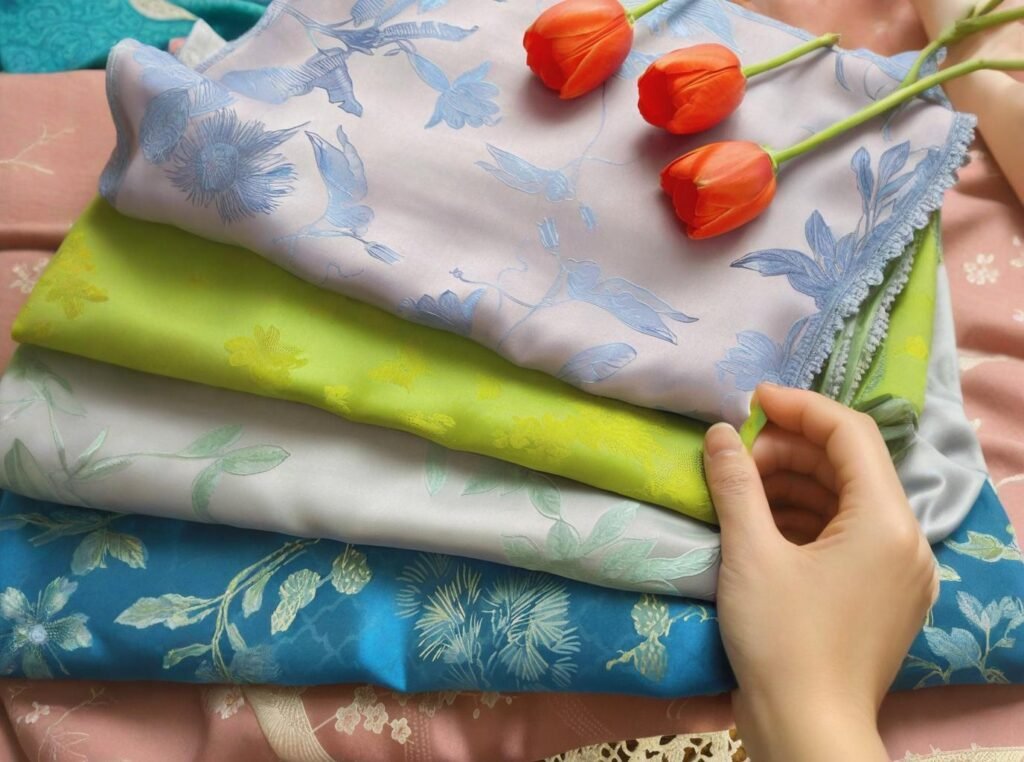
Certifications such as GOTS (Global Organic Textile Standard), Oeko‑Tex Standard 100 Class I, and the Responsible Silk Standard signal higher production rigor—and they carry price premiums of 5 %–12 %. GOTS mandates organic mulberry cultivation, chemical‑free processing, and fair labor; Oeko‑Tex Class I tests for zero harmful residues; and the Responsible Silk Standard tracks cocoon-to-fabric traceability. While these labels raise costs, they unlock premium markets and justify higher wholesale rates. Organic and ethical silk certifications—GOTS, Oeko‑Tex 100 Class I, and the Responsible Silk Standard—add a 5 %–12 % wholesale price premium, reflecting stricter farming, processing, and social‑compliance standards that appeal to eco‑ and socially conscious buyers.
- Certification Requirements & Costs:
- GOTS: 70 % organic content, wastewater treatment, social audits—+10 %–12 % cost
- Oeko‑Tex 100 Class I: Screening for 350+ chemicals, class I for baby products—+5 % cost
- Responsible Silk Standard: DNA batch tracking, welfare audits—+8 % cost
- Market Premiums: Studies show certified silk commands up to 20 % higher retail margins
- Certification Timelines: 4–6 months for audit and approval, impacting lead times
- Case Study: A European home‑linen brand’s switch to GOTS silk grew their organic line sales by 35%
| Certification | Requirements | Price Premium (%) |
|---|---|---|
| GOTS | 70 % organic fiber, social & environmental audits | 10 %–12 % |
| Oeko‑Tex Standard 100 Class I | No harmful substances for direct skin contact | 5 % |
| Responsible Silk Standard | Full chain traceability, animal welfare audits | 8 % |
Critical Perspectives:
- Certification Fatigue: Multiple labels can confuse buyers—prioritize those resonating with your market.
- Audit Costs vs. Scale: Small‑batch producers may struggle with upfront certification fees—consider cooperative certification models.
How Can Global Buyers Compare and Negotiate Silk Price Lists Effectively?
To secure the best deals, normalize all quotes to USD per meter at a common momme weight and weave, then layer in finish and certification premiums. Request detailed cost breakdowns—fiber, weaving, finishing, and logistics—to identify negotiation levers. Leverage multi‑region quotes to play mills against each other, and explore roll‑over MOQs or forecast commitments to unlock bulk discounts. Always negotiate total‑cost‑of‑ownership terms, including lead times, freight, and warranty. Compare silk quotes by standardizing to USD/m on equivalent momme versions, itemize fiber, weave, finish, and logistics costs, then negotiate volume discounts, roll‑over quotas, and multi‑region sourcing to optimize total cost of ownership and secure favorable terms.
- Quote Normalization: Convert varied widths (e.g., 14 mm vs. 22 mm) using weight factors, adjust for weave complexity
- Cost Breakdown Analysis: Ask suppliers to separate raw fiber, weaving, finishing, certification, and freight components
- Leverage Points: MOQs, payment terms (net 60), roll‑over credits, bundled service discounts (sampling, testing)
- Multi‑Region Sourcing: Combine China, India, and European quotes to spot best value birds—accounting for duties and lead times
- Case Study: A US importer consolidated three supplier quotes, winning a 15 % discount by shifting 40 % of volume to a new Indian partner
| Negotiation Step | Action | Impact |
|---|---|---|
| Quote Standardization | USD/m @ 22 m momme for all lots | Clear apples‑to‑apples basis |
| Cost Component Audit | Fiber vs. weaving vs. finishing vs. freight | Identifies 5 %–8 % cost savings |
| Volume & Forecast Commitment | Lock in tiered pricing for 6 months | Up to 20 % discount |
| Roll‑Over & Bundled Services | Apply unused MOQ to next runs | Maintains discount tiers |
| Multi‑Region Sourcing | Combine best quotes after duties | Optimizes total landed cost |
Critical Perspectives:
- Relationship vs. Price: Deep discounts may require exclusive volume commitments—ensure flexibility if market demand shifts.
- Hidden Fees: Watch for artwork, sampling, or storage charges buried in “other” line items.
Navigating the wholesale silk landscape demands a deep understanding of fiber types, weave and weight factors, origins, finishes, and certification premiums. By standardizing quotes, dissecting cost components, and employing strategic negotiations—such as roll‑over MOQs and multi‑region sourcing—global buyers can secure premium silk at competitive rates.
Ready to elevate your product line with tailored silk solutions?
Contact SzoneierFabrics for free samples, detailed price lists, and expert sourcing support.
Let’s weave success together—one yard at a time.
